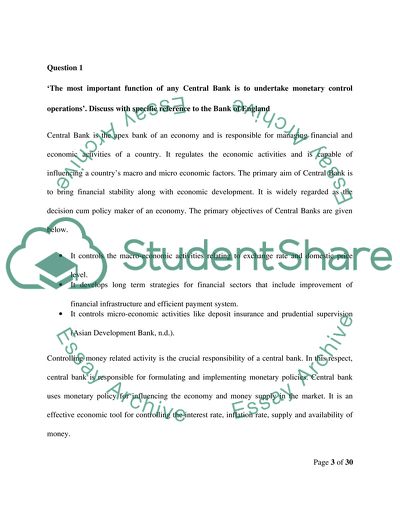Cite this document
(Monetary Control Operations: the Bank of England Coursework - 1, n.d.)
Monetary Control Operations: the Bank of England Coursework - 1. Retrieved from https://studentshare.org/finance-accounting/1745660-financial-services
Monetary Control Operations: the Bank of England Coursework - 1. Retrieved from https://studentshare.org/finance-accounting/1745660-financial-services
(Monetary Control Operations: The Bank of England Coursework - 1)
Monetary Control Operations: The Bank of England Coursework - 1. https://studentshare.org/finance-accounting/1745660-financial-services.
Monetary Control Operations: The Bank of England Coursework - 1. https://studentshare.org/finance-accounting/1745660-financial-services.
“Monetary Control Operations: The Bank of England Coursework - 1”, n.d. https://studentshare.org/finance-accounting/1745660-financial-services.


